Breast augmentation surgery involves using implants to increase the size of your breasts or restore breast volume that has been lost after weight reduction or pregnancy.
- 6215 Humphreys Blvd, Suite 201
- Memphis, TN 38120
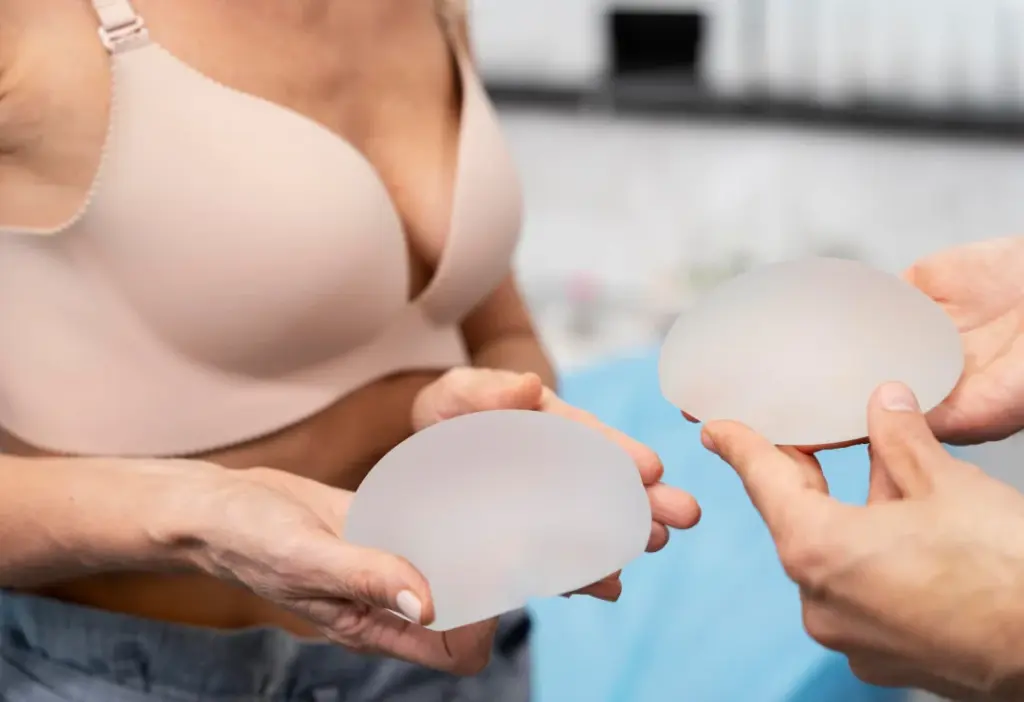
Breast augmentation surgery involves using implants to increase the size of your breasts or restore breast volume that has been lost after weight reduction or pregnancy.
Breast augmentation is a very personal procedure and you should do it for yourself, not for someone else. Breast augmentation is a good option if:
What it won’t do
Breast augmentation does not correct severely drooping breasts. If you want your breasts to look fuller and to be lifted due to sagging, a breast lift may be required in conjunction with breast augmentation.
Breast lifting can often be done at the same time as your augmentation or may require a separate operation. Your plastic surgeon will assist you in making this decision.
Your plastic surgeon will also:
Prior to surgery, you may be asked to:
Breast augmentation surgery may be performed in an accredited outpatient or ambulatory surgical center or a hospital.
Be sure to ask your plastic surgeon questions. It’s very important to understand all aspects of your breast augmentation surgery. It’s natural to feel some anxiety, whether it’s excitement for your anticipated new look or a bit of preoperative stress. Don’t be shy about discussing these feelings with your plastic surgeon.
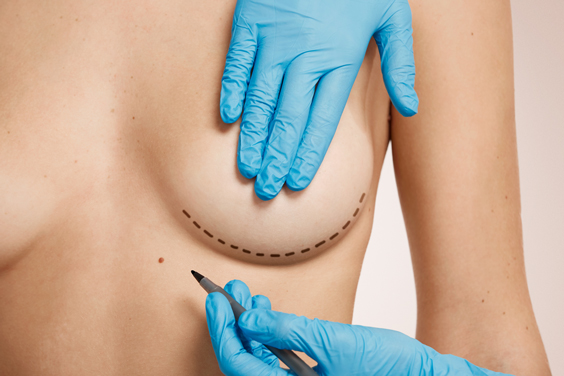

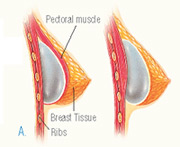

The decision to have breast augmentation surgery is extremely personal and you’ll have to decide if the benefits will achieve your goals and if the risks and potential complications are acceptable. Your plastic surgeon and/or staff will explain in detail the risks associated with surgery. You will be asked to sign consent forms to ensure that you fully understand the procedure and any risks and potential complications.
The risks include:
These risks and others will be fully discussed prior to your consent. It is important that you address all your questions directly with your plastic surgeon.
Other important considerations:
After surgery you will be taken into a recovery area to be closely monitored. Your breasts will be wrapped in gauze dressings and an elastic bandage or support bra will minimize swelling and support the breasts as they heal. You may be permitted to go home after a few hours.
Before leaving, you will be given specific instructions that may include how to care for your breasts following surgery, medications to apply or take orally to aid healing and reduce the risk of infection, and when to follow-up with your plastic surgeon. You may be instructed to wear a support bra around the clock for the first week or two. It will be important to cleanse the incision sites and apply ointment as directed. Be sure to follow all instructions carefully.
After a post-surgical recovery period of 24 to 48 hours and an additional reduced-activity period of a few days, you will likely experience soreness and swelling for a few weeks. Exercise and normal activity can resume at the direction of your plastic surgeon.
The results of breast augmentation are immediately visible. Over time, post-surgical swelling will subside and incision lines will fade. Satisfaction with your new image should continue to grow as you fully recover from surgery. In order to achieve optimal results, it is important that you follow your surgeon’s post-operative instructions and return for follow-up visits.
It’s important to know that breast implants are not designed to last a lifetime. Your implants may need to be replaced. You should plan for an annual examination by your plastic surgeon to evaluate your breast health and implant integrity.
Over time, your breasts can change due to aging, weight fluctuations, hormonal factors and gravity. If, after a period of years, you become dissatisfied with the appearance of your breasts, you may choose to undergo a breast lift or implant exchange to restore a more youthful contour.
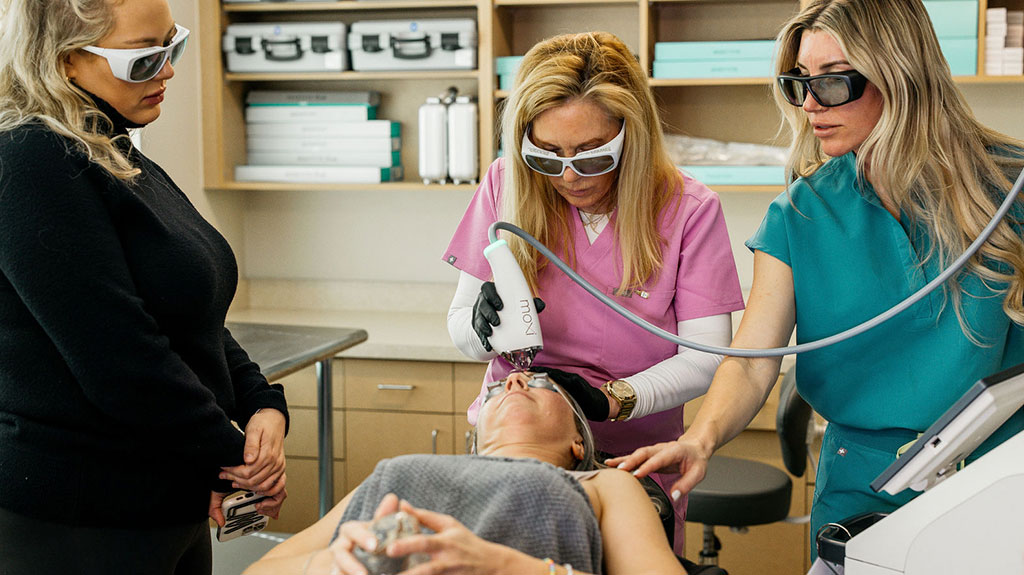
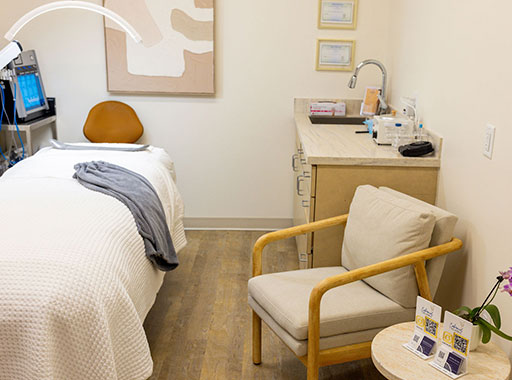

Experience the Best Plastic Surgery and Skincare Clinic in Memphis.